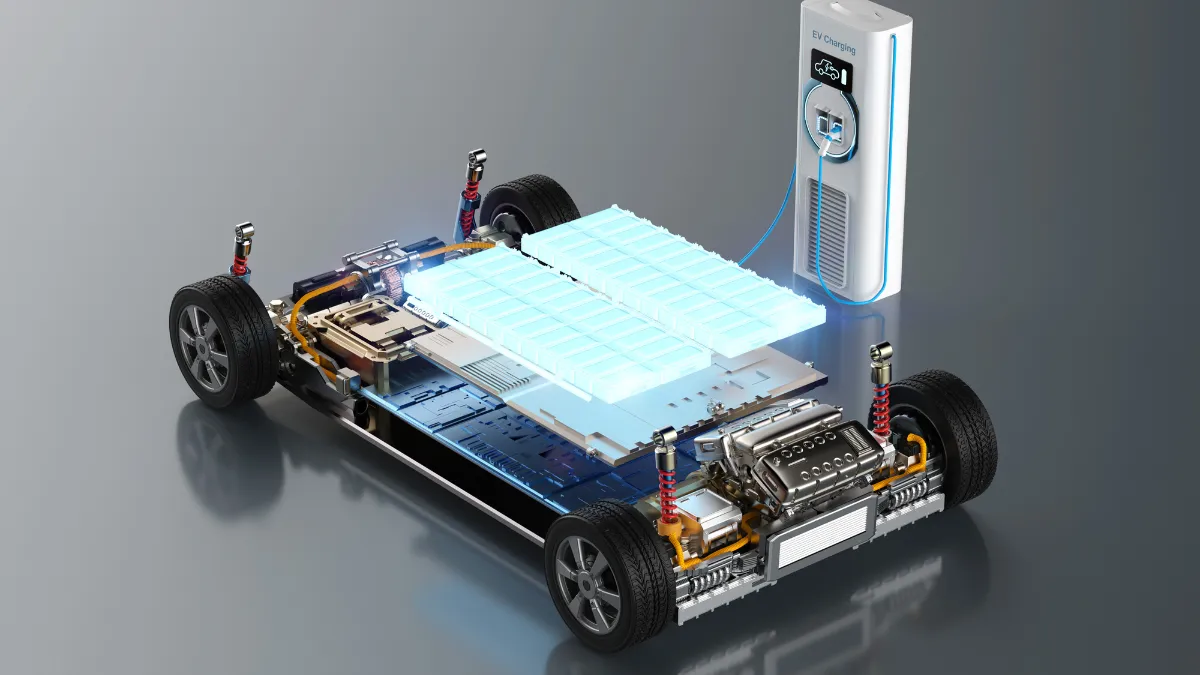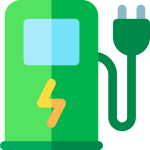
For many Australians contemplating the switch to an electric vehicle (EV), the battery is the single biggest source of anxiety. Unlike an internal combustion engine-where many repairs are familiar and incremental-the battery pack is the most expensive and central component of an EV. Questions such as “How long will it last?”, “What happens if it fails?”, and “Will a replacement bankrupt me?” are common and reasonable.
The reassuring reality is that contemporary EV battery technology, engineering controls and warranty frameworks have matured significantly. Batteries are designed to be durable, most owners will never need a replacement during typical ownership cycles, and manufacturers offer explicit protections that address degradation concerns. This article unpacks lifespan expectations, how and why batteries degrade, warranty protections relevant to Australian buyers, practical tips to extend battery life, and the broader ecosystem that reduces long-term risk.
Key takeaway: Modern EV batteries are engineered to provide reliable service for the practical lifetime of the vehicle (commonly 10-20 years in real-world use), and they’re backed by manufacturer warranties and growing recycling and repurposing markets that reduce end-of-life risk.
Battery lifespan: engineered for longevity
An EV battery is not comparable to a phone or laptop cell. Automotive battery packs are far larger, incorporate advanced chemistry and are managed by sophisticated electronics.
- Expected life: Most manufacturers design battery packs to remain usefully functional for well over 200,000 kilometres – many for 300,000-500,000 km or 10-20 years under normal conditions. For most Australian drivers (average daily driving typically well under 50 km), that translates to years, if not decades, of acceptable range.
- Systems that protect life: Battery Management Systems (BMS) continuously monitor cell voltages, temperatures and currents, actively balancing and protecting the pack from conditions that accelerate wear. Many EVs also use active thermal management (liquid cooling/heating) to keep cells in an optimal temperature window – an important factor in Australia’s diverse climate.
- Practical end-of-life: An EV is more likely to leave the road for reasons other than battery failure (accident damage, desire for a new model, or other component issues) long before the battery’s usable capacity becomes a prohibitive problem.
Degradation: natural, gradual and manageable
All lithium-ion batteries experience gradual capacity loss through charge/discharge cycles and age. But the rate and impact are often smaller than drivers expect.
- What drives degradation: Cycle count (how often the battery charges and discharges), exposure to very high or low temperatures, frequent full-depth charges (0% to 100%), and persistently high state-of-charge or repeated high-power fast charging can all influence long-term capacity loss.
- Typical rates: Real-world data and manufacturer guidance suggest many modern EVs lose only a few percentage points of capacity in the first year and often average around 1-3% per year thereafter under normal use. After 8-10 years, many packs retain roughly 70-90% of their original capacity depending on usage patterns.
- Buffers and usable range: Manufacturers typically enforce software buffers at the top and bottom of the displayed state-of-charge to protect cells. That means a vehicle reading 0% or 100% rarely exposes the battery to true chemical extremes.
- Fast charging: Occasional DC fast charging has little measurable impact for most drivers. High-frequency, sustained fast charging can accelerate wear somewhat – but modern packs and BMS are designed to tolerate regular use of public fast chargers.
Warranty protection in Australia: what to expect
Battery warranties are a key reason battery anxiety has receded. Major manufacturers provide specific battery warranties and many include a capacity-retention guarantee.
- Typical coverage: The industry standard is commonly 8 years or around 160,000 kilometres (whichever comes first). Some brands offer different terms for particular models or battery chemistries, and there are variations in limits and inclusions.
- Capacity retention clauses: Most warranties specify a minimum retained capacity – frequently in the vicinity of 70% – and promise repair or replacement if capacity falls below that threshold within the warranty period.
- Examples (typical, illustrative): Tesla has historically offered 8-year battery warranties with specified kilometre limits and minimum capacity retention. Several mainstream brands selling in Australia – such as BYD, MG and others – provide battery-specific warranties in the 7-8 year/160,000 km range. Hyundai and Kia typically support their electrified models with strong manufacturer warranties too. These policies evolve, so always check the up-to-date warranty terms for the model you’re considering.
- Consumer protections: In addition to manufacturer warranties, Australian Consumer Law may provide remedies for major faults. If a defect is deemed a major failure, consumers have clear rights beyond the manufacturer’s standard warranty.
Replacement costs and secondary markets
A full battery replacement outside warranty can be costly – potentially running into the thousands or low tens of thousands of dollars depending on vehicle make and pack size. However, outright pack replacement remains a rare event for most owners.
- Mitigating factors: Increasing availability of refurbished modules, remanufactured packs and third-party repair services can reduce replacement costs. Some manufacturers may also offer module-level repairs rather than whole-pack replacements.
- Second-life and recycling: The industry in Australia and globally is rapidly building second-life repurposing and recycling capacity. Used EV batteries can be repurposed for stationary energy storage before being recycled, and domestic and international recycling initiatives are growing to recover critical materials and reduce long-term environmental and cost risks.
Practical tips to preserve battery health
A few simple habits can meaningfully slow degradation without impairing daily convenience:
- For daily charging, target a usable window (commonly 20%-80%) rather than routinely charging to 100%. Reserve 100% for extended trips.
- Avoid leaving a fully charged car parked in prolonged high heat. Use shading, scheduled departure preconditioning (if available) or air conditioning to moderate temperature.
- Avoid frequent deep discharges (near 0%) where possible.
- Use scheduled charging and preconditioning before fast charging to reduce thermal stress.
- For regular home charging, prefer slower AC charging overnight; fast DC charging is best-suited to long drives and occasional top-ups.
- Keep firmware and BMS updates current – manufacturers regularly release improvements that can optimise battery performance and longevity.
The broader ecosystem and policy context in Australia
Beyond engineering and warranty protections, several broader trends reinforce confidence in EV battery longevity and lifecycle management:
- Charging infrastructure: Australia’s public charging networks (e.g., Chargefox, Ampol eCharge and expanding Tesla Supercharger coverage among others) are improving reliability and access to appropriate charging options.
- Industry and government support: Federal and state initiatives have directed funding and policy attention toward battery manufacturing, recycling and critical-minerals processing in Australia – helping to build a local ecosystem for second-life and end-of-life battery management.
- Market maturation: As EV sales grow, so do options for used-battery diagnostics, refurbished packs and specialist services, reducing the long-term risk for buyers.
Conclusion
Battery anxiety is understandable, but it no longer reflects the reality of modern EV ownership in Australia. Automotive battery packs are engineered with longevity in mind, protected by specific warranty terms and managed by sophisticated BMS and thermal systems that limit harmful conditions. While gradual degradation is inevitable, it is typically slow and manageable; most owners retain more than enough range for daily needs long into their vehicle’s life. Combined with manufacturer warranties, consumer protections under Australian law, and a maturing recycling and second-life ecosystem, the battery is far less a liability than many fear. For Australians weighing the transition to electric mobility, the battery question is increasingly a solved problem rather than an obstacle.
FAQ: How long will an EV battery last in real-world Australian conditions?
Most modern packs are engineered to provide useful capacity for 10-20 years or several hundred thousand kilometres under normal use. Real-world retention rates vary by driving and charging habits, but many EVs keep 70-90% capacity after 8-10 years.
FAQ: What do warranties typically cover and should I rely on them?
Battery warranties commonly run about 7-8 years or around 160,000 km and often guarantee minimum capacity retention (commonly ~70%). They are a strong safeguard, but always read the specific terms for the model you’re buying and consider Australian Consumer Law protections as well.
FAQ: Will frequent fast charging destroy my battery?
Occasional DC fast charging is fine for most users. Very frequent, sustained fast charging can increase wear compared with slower AC charging, but modern packs and BMS are designed to tolerate realistic fast-charging patterns. Use fast chargers mainly for trips and rely on home charging for daily top-ups.
FAQ: How much does a battery replacement cost if it’s out of warranty?
Costs vary widely by make and battery size; replacement can run from several thousand to tens of thousands of dollars. Whole-pack replacements are rare. Growing availability of refurbished modules, remanufactured packs and manufacturer support can reduce out-of-warranty costs.
FAQ: What happens to EV batteries at end of life?
Batteries may be repurposed for stationary energy storage (“second life”) before recycling. The recycling industry in Australia is expanding, and policy support is encouraging development of domestic processing to recover valuable minerals and reduce environmental impact.
About EV Evolution
EV Evolution is the leading online platform dedicated to Australian electric vehicle owners and enthusiasts. We foster a vibrant community, delivering essential EV news and insights, and enhancing user engagement through our innovative, AI-powered chatbot for dynamic discussions. Our mission is to empower Australian electric vehicle owners and enthusiasts by fostering a vibrant, AI-driven online community that connects, informs, and advances the nation’s electric vehicle landscape.




